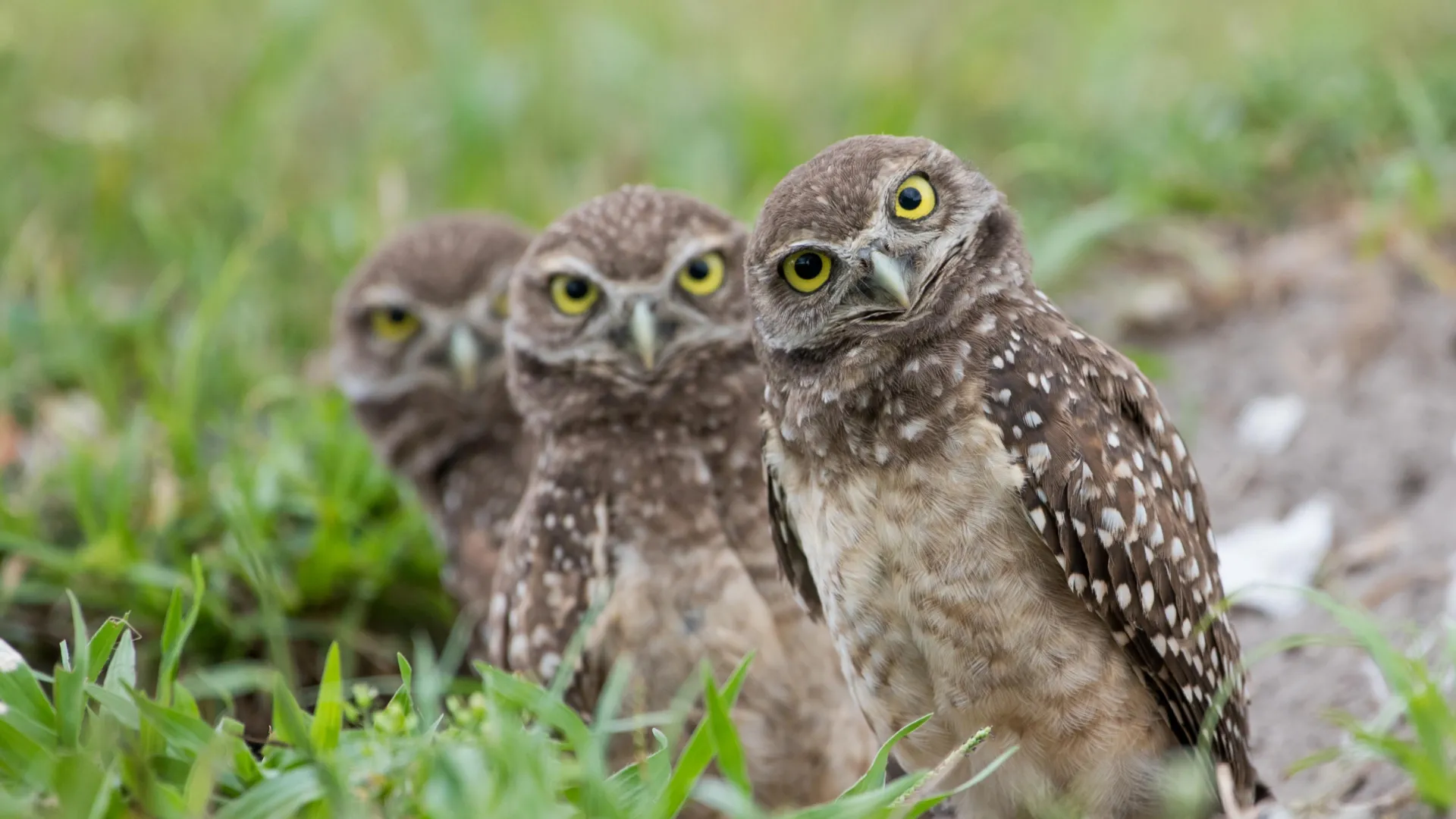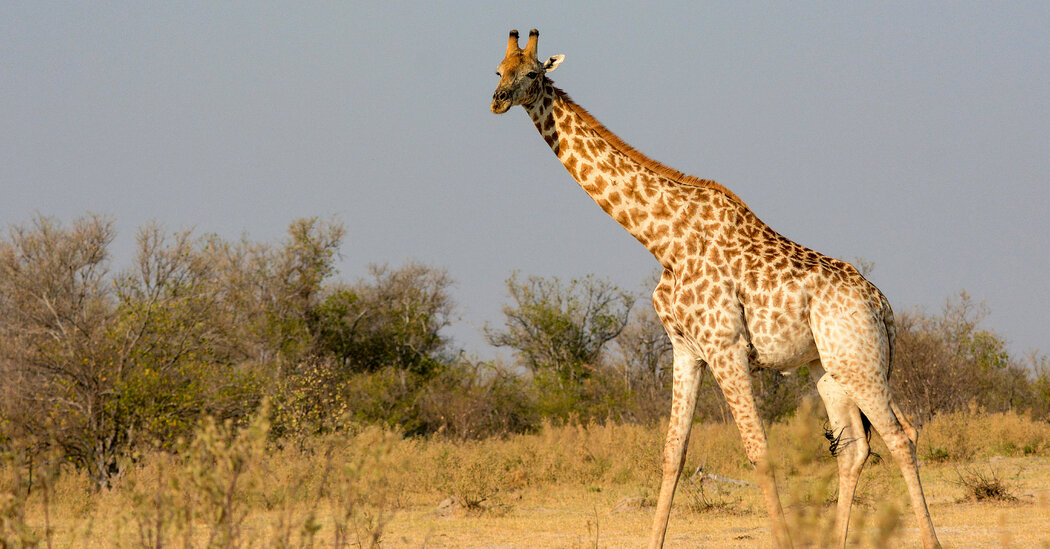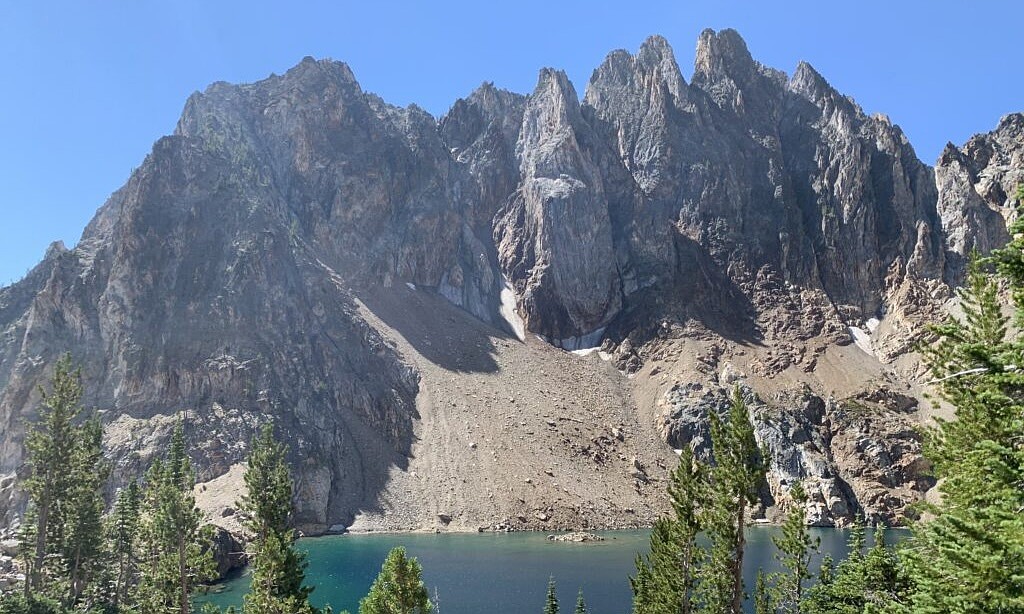Conservation
Your nature photo might be a scientific breakthrough in disguise

Your nature photo might be a scientific breakthrough in disguise
What’s Happening?
Imagine turning a simple nature photo into a science-saving powerhouse. iNaturalist, a popular app for logging wildlife sightings, has quietly become a game-changer for ecological research. Scientists are now leveraging these crowdsourced images to track biodiversity, rediscover lost species, and combat invasive threats. A recent study highlights the profound impact of this citizen science initiative on modern conservation efforts.
Where Is It Happening?
This phenomenon is sweeping the globe, with iNaturalist users worldwide contributing to the ever-growing dataset.
When Did It Take Place?
The study’s findings are recent, underscoring the app’s enduring impact since its launch. The accumulation of data is ongoing, with scientists continually gaining new insights.
How Is It Unfolding?
– Researchers are mapping shifting species ranges using vast amounts of user-submitted data.
– Lost species have been rediscovered through dedicated explorer sightings.
– Conservation agencies rely on iNaturalist data to monitor invasive species’ spread.
– The app aids in creating more realistic models for ecological predictions.
– Scientists are discovering untapped potential for tracking climate change impacts.
Quick Breakdown
– iNaturalist is a crowd-sourced wildlife observation platform.
– Scientists use the app’s data to track biodiversity and conservation efforts.
– Recent studies show its growing importance in ecological research.
– Citizen science is filling critical gaps in ecological data.
Key Takeaways
Your casual phone snap could be making waves in scientific circles. By using iNaturalist for your wildlife photos, you’re becoming part of a global research team. These observations help scientists map ecosystems, fight invasive species, and even predict impacts of climate change. The collective data empowers researchers to make more informed conservation decisions. It’s a living testament to what happens when technology, science, and everyday people come together.
Crowdsourced data is like putting thousands of eyes in the forest, each offering unique insights.
– Dr. Lisa Chen, Ecological Researcher
Final Thought
Next time you capture wildlife with your camera, remember—you might be empowering the next big ecological breakthrough. This fusion of citizen science and research is transforming conservation efforts. As more people join the movement, the possibilities are boundless.
Source & Credit: https://www.sciencedaily.com/releases/2025/08/250803011830.htm
Conservation
Scientists Split Giraffes Into Four Species. Three Are In Trouble.
Conservation
See pictures of Florida’s secretive, rare rainbow snake
Conservation
New map shows public land in Idaho flagged for potential disposal
-

 Dallas2 weeks ago
Dallas2 weeks agoDallas Wings Make Joking Comment on Indiana Fever After Upset Win
-

 News2 weeks ago
News2 weeks agoKyle Schwarber Drops Massive Hint on Staying With Phillies for ‘Period of Time’
-

 News2 weeks ago
News2 weeks ago49ers Head Coach Reveals Surprising Praise for Broncos’ Bo Nix
-

 Dallas2 weeks ago
Dallas2 weeks agoSophie Cunningham Issues Apology After Actions in Fever Loss
-

 News2 weeks ago
News2 weeks agoPhillies $100M Slugger Responds on Kyle Schwarber Potentially Joining NL Rival
-

 Dallas2 weeks ago
Dallas2 weeks agoCowboys Reveal Surprise View With Luke Schoonmaker Prediction
-

 News2 weeks ago
News2 weeks agoReporters Complain About DC Crime Before Trump Federalizes DC Police
-

 News2 weeks ago
News2 weeks agoAnn Wilson of Heart returns from cancer battle to concert stage














